What’s your favourite railway journey? Mine is the journey from London to Edinburgh, and my favourite moment on that journey is when you cross the Royal Border Bridge, which straddles the historic frontier between England and Scotland. As the train glides across this graceful viaduct, high above the River Tweed, you look down upon my favourite seaside town.
Despite its stunning maritime location, where the Tweed meets the North Sea, Berwick-upon-Tweed is hardly a typical seaside holiday destination. The town has been knocked about a bit, the high street has seen better days, the weather is unforgiving and there are none of the Kiss-Me-Quick amusements you find in Blackpool or Skegness. So what’s the big appeal?
For me, it’s the pleasure of being somewhere where everywhere is walkable, so close to coast and countryside, in a place where the past feels so close at hand. You can walk along miles of sandy beaches, or inland along the Tweed, or around the Elizabethan walls which still embrace the town in an unbroken ring of stone. The rugged citadel within is crowded with antique buildings, relics of a time when Berwick was a gateway to the world.
If you’re prepared to wrap up warm and brave the elements, Berwick is an ideal out-of-season getaway. There are a couple of super second-hand bookshops, several fine galleries, a wonderful museum and plenty of friendly, unpretentious places to eat and drink.
Lindisfarne, aka Holy Island, is only a bus ride away. ‘Bathing, boating, fishing,’ boasts a prewar tourist poster in the museum. ‘Clean and safe sands, ancient walls, lovely cliff and riverside scenery.’ The lido in the poster is long gone, but most of the other stuff remains. What more do you want from a weekend away?
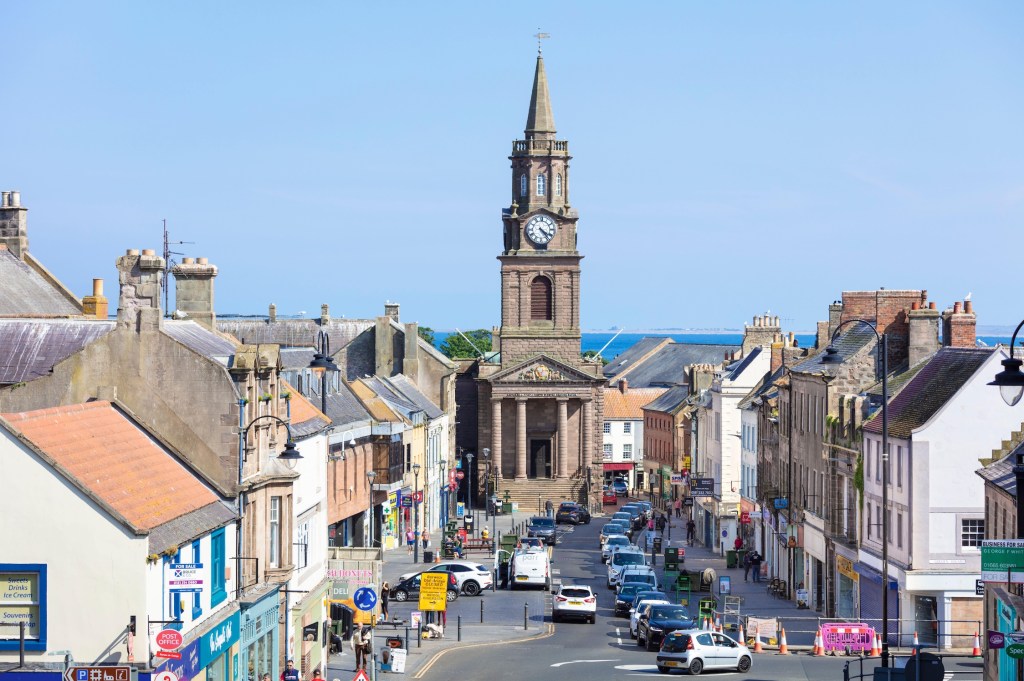
Locals adore Berwick, and flock here from both sides of the border, but its no-man’s-land location, midway between Newcastle and Edinburgh, means it’s been a bit forgotten by sightseers from further afield. More fool them, I say. When travel was a slower process, it used to be somewhere convenient to break your journey, but now it’s all too easy for busy travellers to pass it by. I used to be one of those busy travellers, always in a rush to get to somewhere else, but a few years ago I finally spent an afternoon here, and I liked it so much that I’ve spent my last two summer holidays here.
What took me so long? Like all the best discoveries, it happened quite by chance. I was writing a piece about Paxton House, a handsome stately home a few miles from Berwick-upon-Tweed, just across the border into Scotland. On my way back to London I ended up inBerwick with a few hours to kill before my homebound train, so I took a walk around the town.
Neither entirely Scots nor truly English, Berwick’s hybrid heritage is what makes it such an intriguing destination
It transpired I was in good company. I dropped into the Castle Hotel, beside the station, and discovered that L.S.Lowry used to stay there for his summer holidays–nearly every year for nigh on 40 years (apparently he took a shine to a pretty young receptionist in the hotel and used to give her sketches, but she had no idea who he was, so she threw them all away).
Lowry started coming here in his late forties, shortly before the second world war, and spent most of his summers here thereafter, until his death in 1976 at the grand old age of88–clearly the sea air did him good. He painted loads of pictures here, far more cheerful than his Salford cityscapes. There’s a walking trail around Berwick marked by reproductions of his paintings in the places where he painted them. It’s a great way to see the town and learn about Lowry along the way. The Lowry Trail takes you around the walls, along the jetty to the lighthouse, across the river to Tweedmouth and along the southern shore to Spittal – once a busy bucket-and-spade resort, now tranquil and a bit forsaken, a windswept beach and a few seafront cafes. On a clear day, you can see Bamburgh Castle. London feels a long way away.
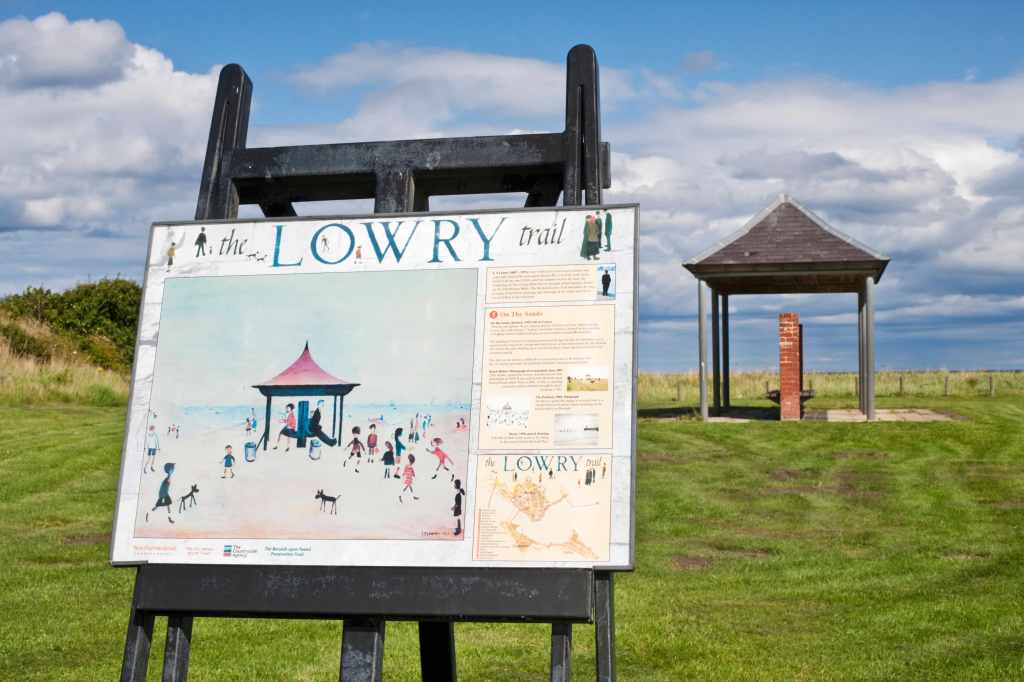
Berwick’s main claim to fame is that it’s the most northern town in England, but it was once the richest port in Scotland, and its key strategic position, at the mouth of the River Tweed, meant that for several centuries it was a war zone. Whoever controlled Berwick controlled the Tweed, and all the trade that flowed along it, so during the Middle Ages it changed hands 13 times, more than any other town in Medieval Europe. Scottish and then English, Scottish again and then English once again, Berwick shifted back and forth between England and Scotland like the prize in a bloodthirsty game of pass the parcel. In 1482, the English took it for the final time, and today it remains an English enclave in Scots territory on the north side of the Tweed.
Queen Elizabeth surrounded Berwick with robust battlements to make sure the Scots could never retake it, but when she died childless she was succeeded by King James VI of Scotland, aka James I, rendering those extensive (and extremely expensive) fortifications utterly superfluous. Poetic justice, in away. James I built a bridge linking Berwick with Tweedmouth, still carrying pedestrians and road traffic across the river today. From then onBerwick was conjoined with England, an outpost no more, but after all these years it still feels like a place apart, and that’s one of the things I like about it.
Personally, I’d love to see the border shunted back a few miles south, to its natural position on the Tweed, as a magnanimous concession to Scottish patriots by our new King. Yet although it’d be a grand symbolic gesture, in practical terms it would actually be pretty pointless. Even though Berwick has been English for more than 500 years, it remains a place with a dual identity, ‘Twixt Rose and Thistle’ as the tourist brochures used to say. The Cross of StGeorge and St Andrew’s Saltire fly side by side outside numerous public and private buildings; Scottish and Northumbrian accents intermingle in the pubs and cafes; Berwick Rangers play in the Scottish League (they do a groundshare with the local Speedway team); and locals crisscross the border to work, shop and study. Neither entirely Scots nor truly English, Berwick’s hybrid heritage is what makes it such an intriguing destination.
And although Berwick is no longer a battlefield, it retains a powerful martial air. A garrison town within living memory, its Georgian barracks now contain an art gallery and a military museum. The artistic highlight of the gallery is its Burrell Collection (bequeathed by the same philanthropist who founded the famous gallery of the same name in Glasgow), but my favourite exhibit is the gallery’s most recent acquisition, a Lowry painting of the beach at Spittal, crowded with daytrippers. It feels fitting to have it back here again.
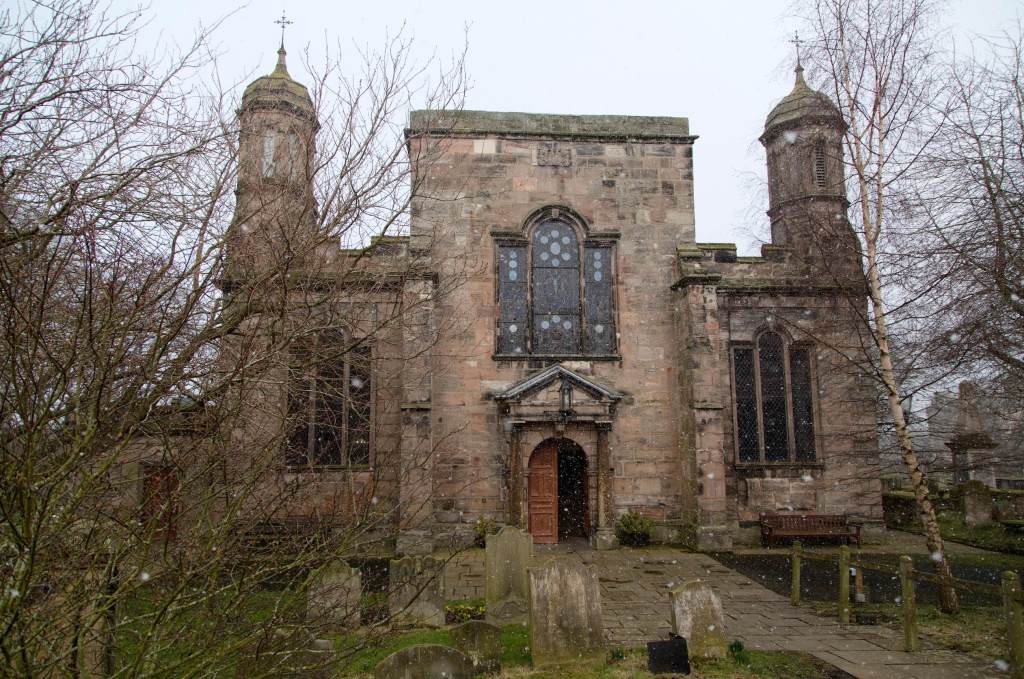
On the last day of my latest visit, I went to morning communion at Berwick’s parish church, Holy Trinity and St Mary. The most northerly church in the Church of England, built during Cromwell’s Commonwealth, it’s intensely atmospheric – imposing and austere. The interior is more ornate than it would have been in Cromwell’s day, but the exterior is still much the same. It was built with stone from the medieval castle, and from the outside it looks rather like a fortress–a suitable monument for a town so often invaded and besieged.
After the service, on my way out, I got talking to one of the servers. Even in our brief conversation, his fierce affection for his hometown shone through. Back at the station, waiting for my southbound train, beside the ruins of the old castle, I thought about all the folk who’d fought and died to make this town Scots or English, and what a peaceful place it is today.
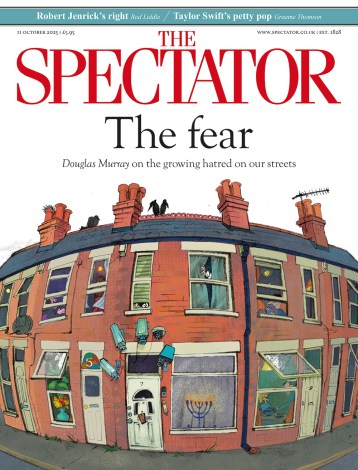
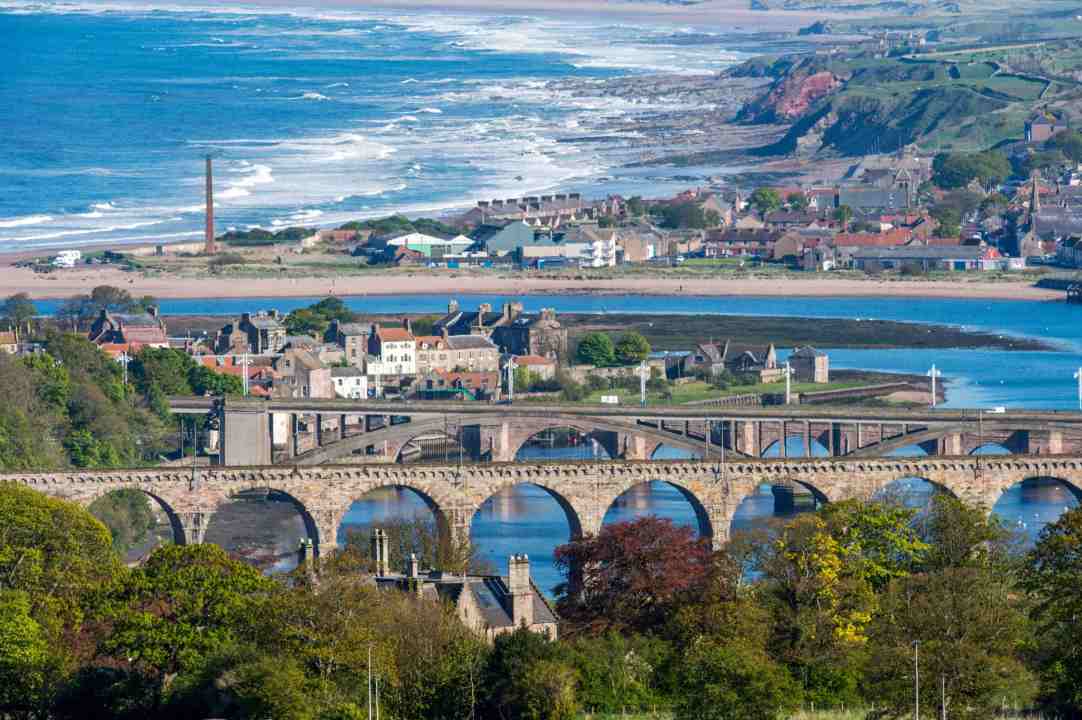
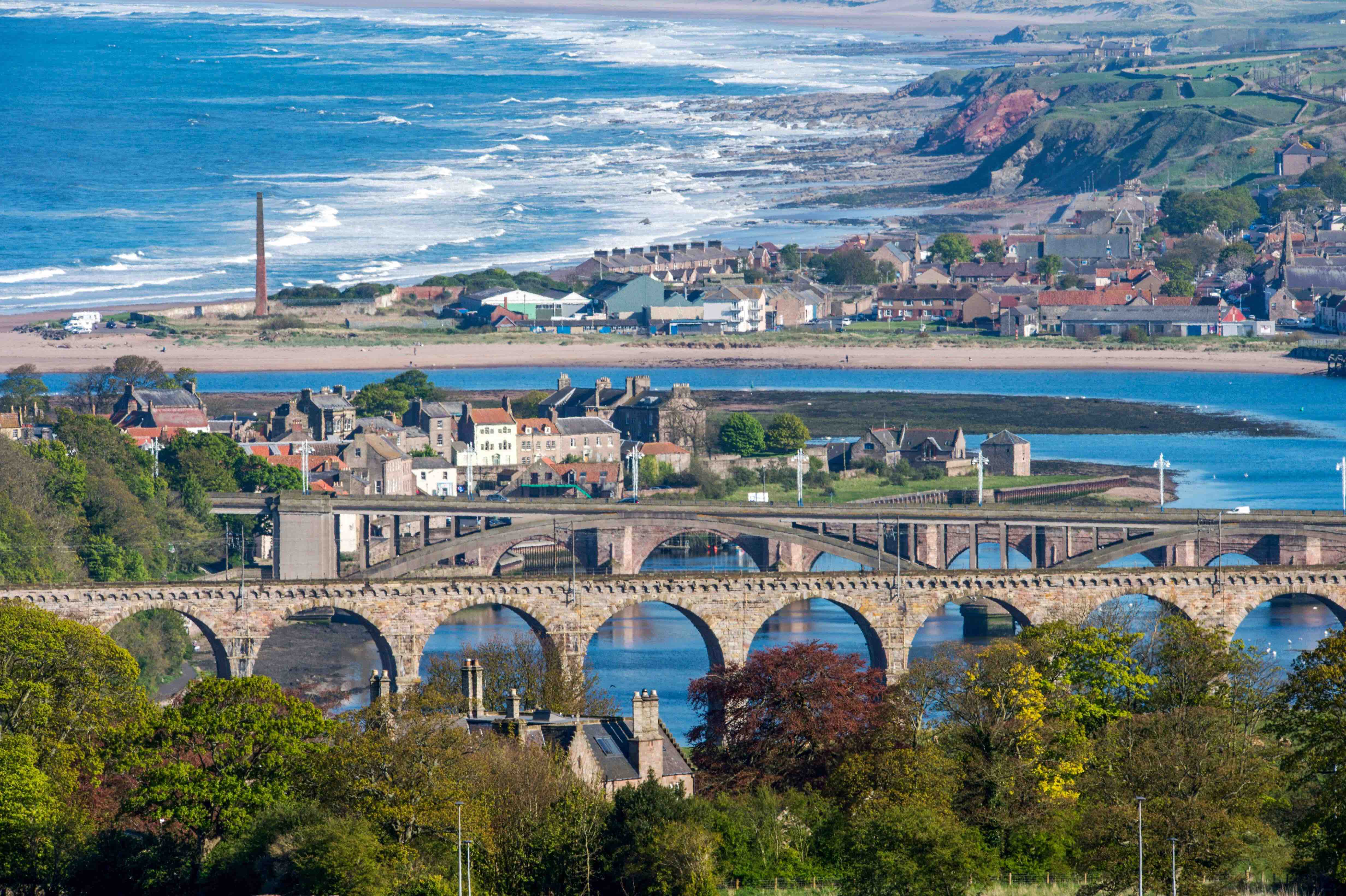




Comments